MLA Bibliography Template
-
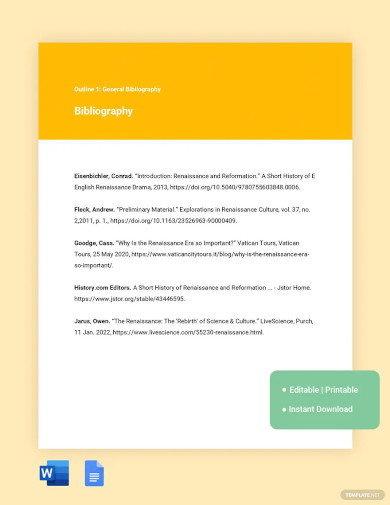
MLA Bibliography Template
download now -
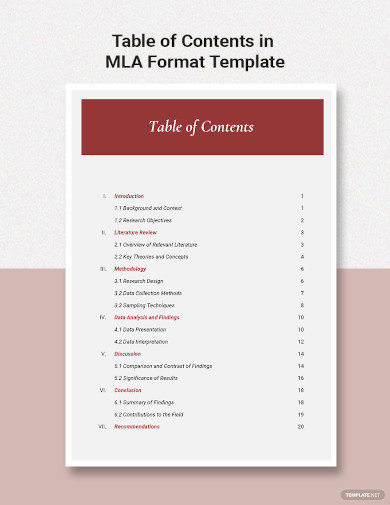
Table of Contents in MLA Format Template
download now -
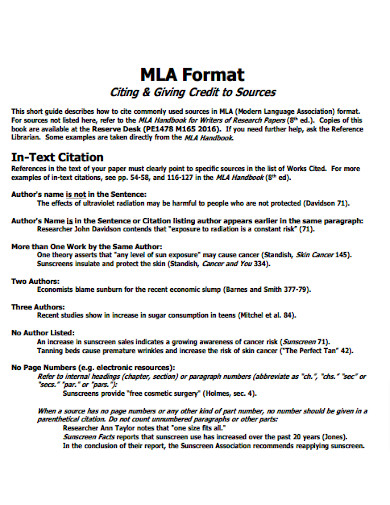
Simple MLA Format
download now -
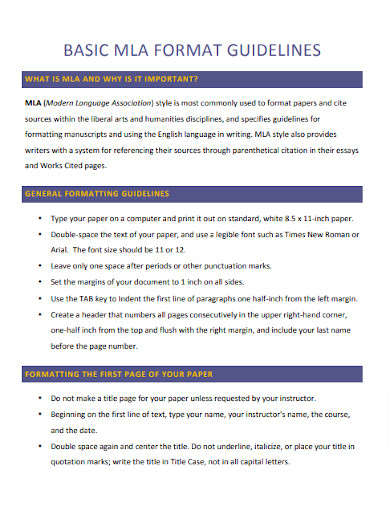
Basic MLA Format
download now -
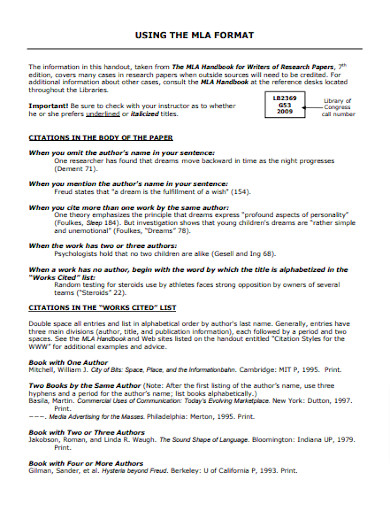
Sample MLA Format
download now -
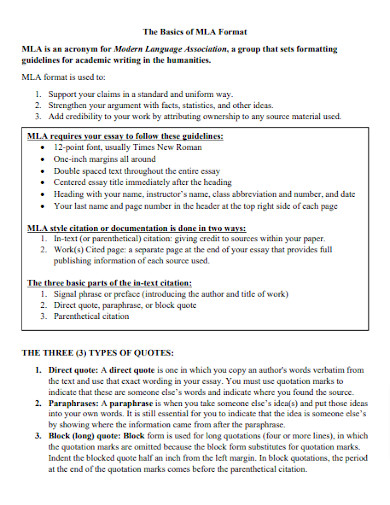
Formal MLA Format
download now -
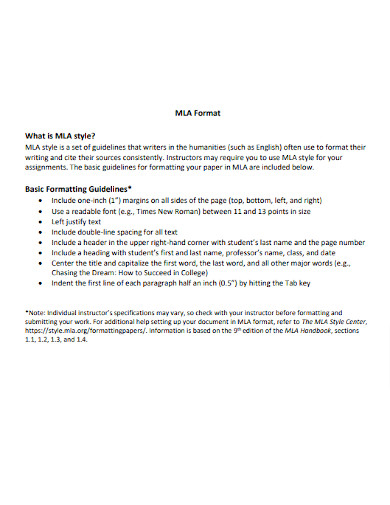
MLA Manuscript Format
download now -
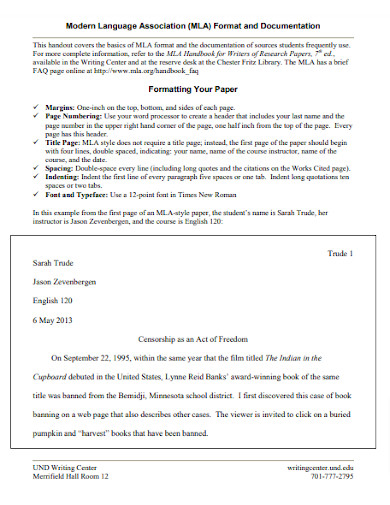
MLA Format and Documentation
download now -
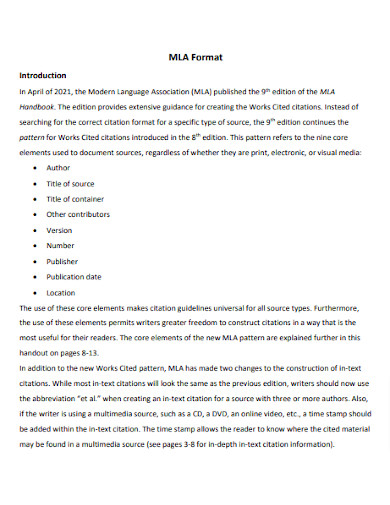
MLA Format Introduction
download now -
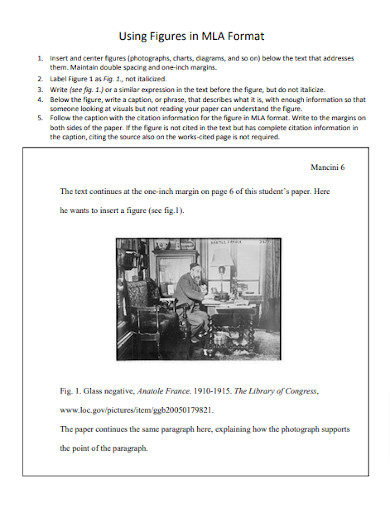
Figures in MLA Format
download now -
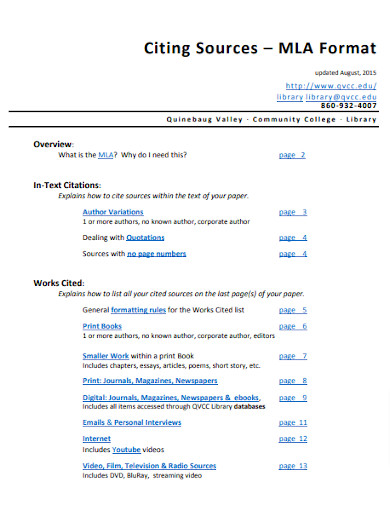
MLA Format Overview
download now -
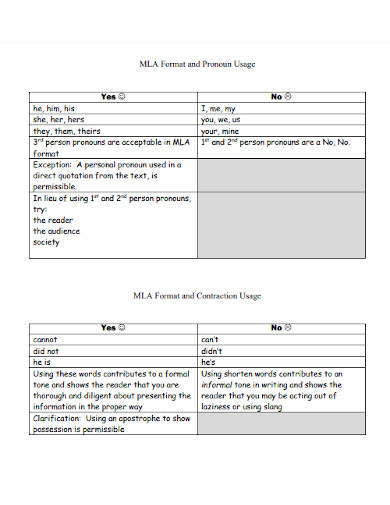
MLA Format and Pronoun Usage
download now -
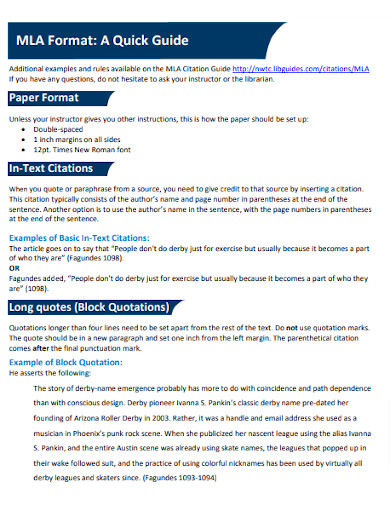
MLA Paper Format
download now -

Cite Source MLA Format
download now -
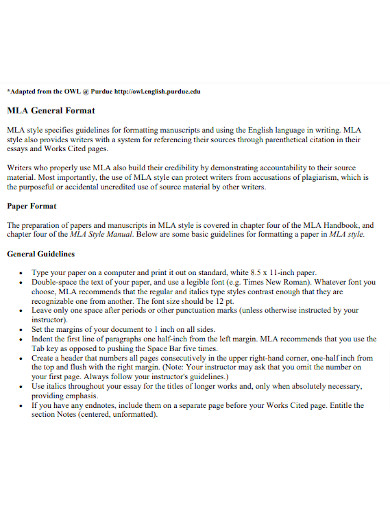
MLA General Format
download now -
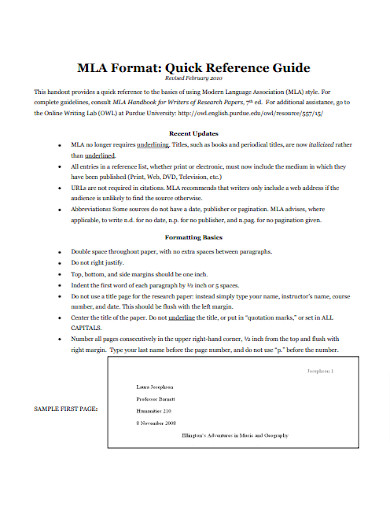
MLA Format Quick Reference Guide
download now -
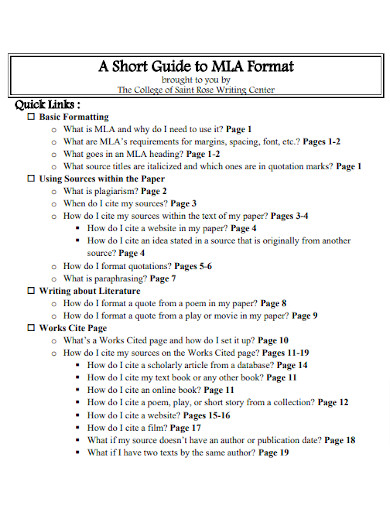
Short Guide to MLA Format
download now -
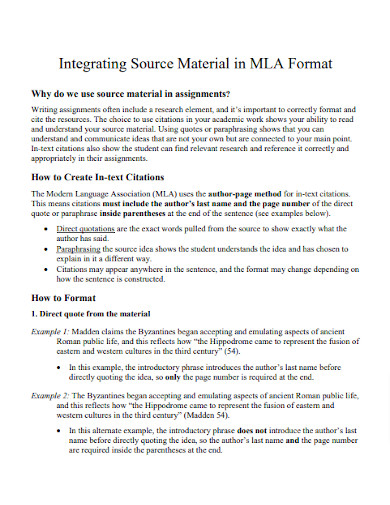
Integrating Source Material in MLA Format
download now -
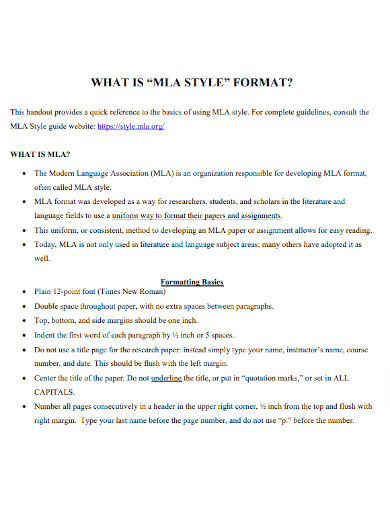
MLA Style Format
download now -
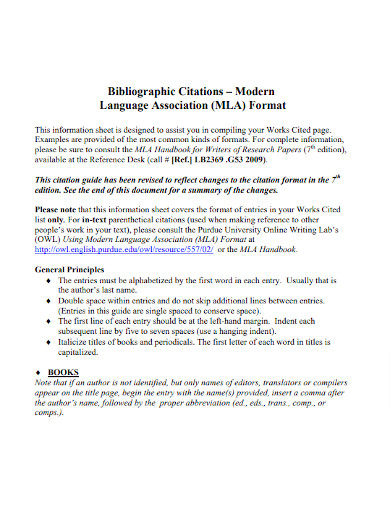
Bibliographic Citations MLA Format
download now -
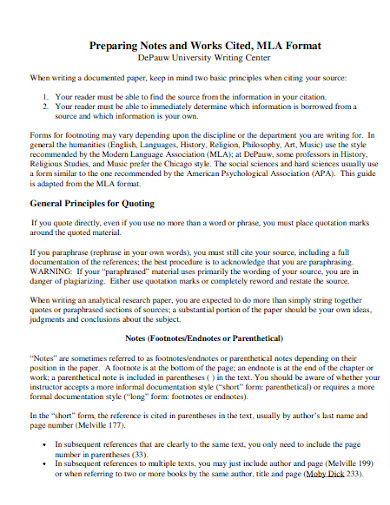
Preparing Notes of MLA Format
download now -
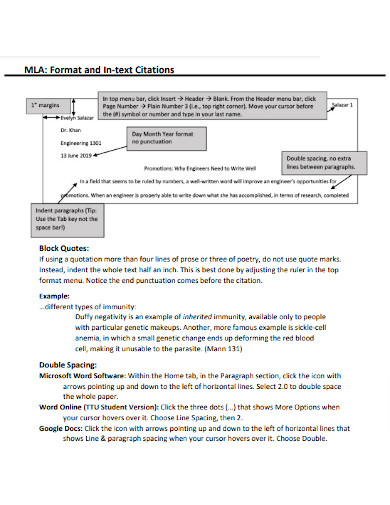
MLA Format Outline
download now -
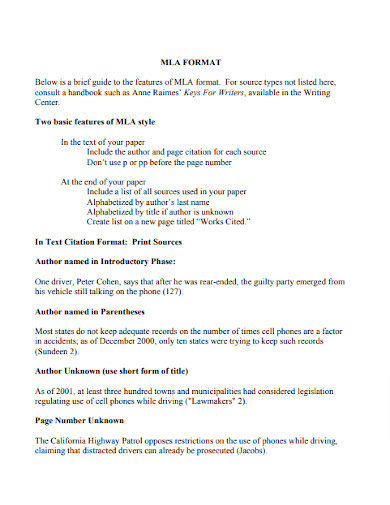
MLA Format Feature
download now -
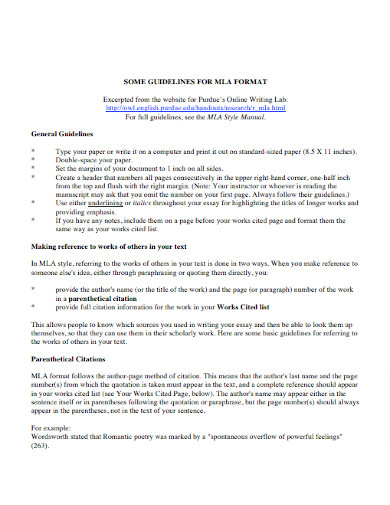
Guidelines for MLA Format
download now -

MLA Format First Page
download now -
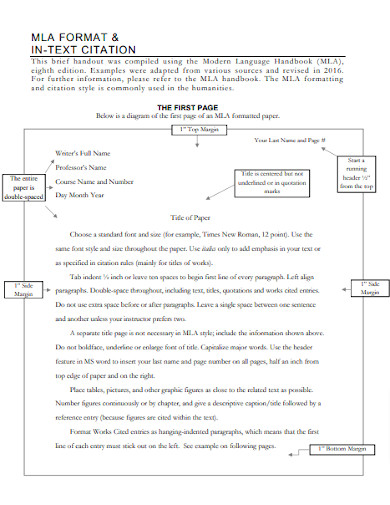
MLA Format Citations
download now -
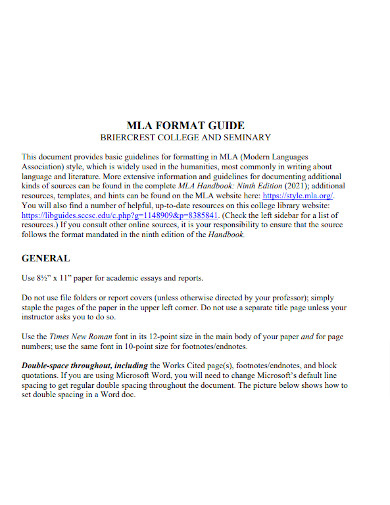
MLA Format Guide
download now -
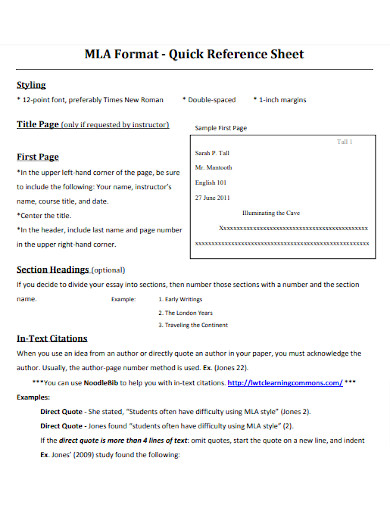
MLA Format – Quick Reference Sheet
download now -
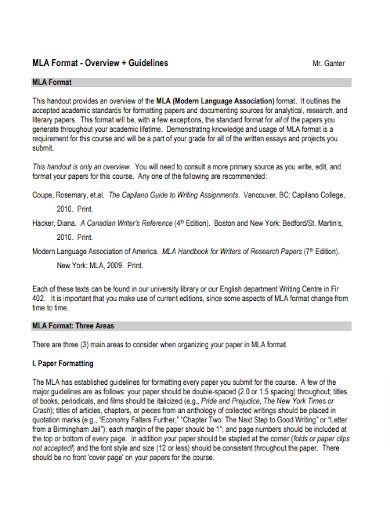
MLA Format Layout
download now
FREE MLA Format s to Download
What is the MLA Format?
Basic Elements of MLA Format
How to Write a Research Paper in MLA Format
FAQs
What is an MLA format sample paper in PDF?
Where can I find an MLA format sample paper in PDF?
How can an MLA format sample paper help me with my research paper?
Can I use an MLA format sample paper for both high school and college assignments?
Is it necessary to use an MLA format template for my research paper?
Can I use an MLA format sample paper for an argumentative essay?
Is an MLA format sample paper relevant for other research projects besides essays?
What is the MLA Format?
MLA Format, an esteemed style guide developed by the Modern Language Association, serves as a standardized method for organizing and citing academic papers in humanities disciplines. With its emphasis on clarity, consistency, and scholarly rigor, MLA Format offers a comprehensive framework for writers to present their ideas in a professional and authoritative manner. It provides guidelines for various elements, such as paper structure, in-text citations, works cited pages, and formatting conventions. By adhering to these rules, writers demonstrate their meticulous attention to detail and their commitment to academic integrity. MLA Format is widely recognized and adopted by high schools, colleges, and universities, fostering a unified approach to scholarly writing across institutions. Employing this format ensures that students and researchers communicate their ideas effectively while acknowledging and crediting the sources that shape their work, thus upholding the principles of intellectual honesty and academic excellence.
The significance and effectiveness of MLA format extend beyond academic settings, benefiting high school students, college students, researchers, and professionals across diverse fields and industries. For high school students, mastering MLA format enhances their writing skills and prepares them for college-level work, with studies showing that 83% of high school teachers prioritize teaching MLA style. College students rely on MLA format to craft well-structured research papers, as 84% of college instructors require students to use MLA guidelines. Researchers, regardless of their disciplines, utilize MLA format to ensure the credibility and traceability of their scholarly contributions. Furthermore, professionals in fields like publishing, journalism, and communication leverage MLA format to maintain consistency, accuracy, and professionalism in their written materials. With its clear rules for citation, formatting, and documentation, MLA format empowers individuals to convey ideas effectively, build on existing knowledge, and contribute to the broader intellectual conversation with confidence and integrity.
Basic Elements of MLA Format
To ensure adherence to the Modern Language Association (MLA) guidelines, understanding the basic elements of MLA format is essential. This section explores key components such as research paper structure, essay outline, annotated bibliographies, cover pages, in-text citations, works cited pages, and more, providing a comprehensive overview of MLA formatting requirements.
How to Write a Research Paper in MLA Format
This section provides a concise guide on how to write a research paper in MLA format. From topic selection and conducting research to structuring your paper and adhering to proper citation guidelines, follow these steps to ensure a well-organized and academically rigorous research paper that meets MLA format requirements.
Step 1: Select a Topic
Choose a subject of interest that aligns with the assignment’s requirements and your research goals. Ensure it is relevant and manageable for your research paper in MLA format.
Step 2: Conduct Research
Collect information from reliable sources such as books, scholarly journals, and reputable websites. Take notes, citing sources as you go, to facilitate later referencing and avoid plagiarism.
Step 3: Create an Outline
Organize your ideas and research findings into a well-structured outline. Include sections for the introduction, body paragraphs, and conclusion, ensuring a logical flow and coherence in your research paper.
Step 4: Write the Research Paper
Begin drafting your research paper in MLA format, starting with a compelling introduction that presents your thesis statement. Develop your arguments in the body paragraphs, supported by evidence and properly cited sources. Conclude by summarizing key points and reinforcing the thesis.
Step 5: Revise and Edit the Research Paper
Review your research paper for clarity, coherence, and adherence to MLA format guidelines. Check for grammar and spelling errors, refine your writing style, and ensure proper citation formatting. Edit your paper to enhance its overall quality and effectiveness before submitting the final version.
FAQs
What is an MLA format sample paper in PDF?
An MLA format sample paper in PDF is a document that showcases the proper formatting and citation style according to the guidelines set by the Modern Language Association. It serves as a practical example for high school and college students to understand how to structure and present their research papers in MLA format.
Where can I find an MLA format sample paper in PDF?
You can find MLA format sample papers in PDF format on academic websites, digital libraries, books online, educational platforms, and university websites. These samples provide visual representations of how a research paper should be formatted in MLA style.
How can an MLA format sample paper help me with my research paper?
An MLA format sample paper serves as a valuable reference and guide for writing your own research paper. It demonstrates the correct structure, citation format, and organization of various elements such as the essay outline, annotated bibliography or a sample annotated bibliography PDF template, cover page, and more, helping you adhere to MLA guidelines and produce a high-quality paper.
Can I use an MLA format sample paper for both high school and college assignments?
Certainly! MLA format sample papers are suitable for both high school and college assignments. They provide a standardized approach to formatting research papers, regardless of the academic level. Just ensure that you follow any specific instructions given by your instructor.
Is it necessary to use an MLA format template for my research paper?
While it is not mandatory, using an MLA format template can simplify the process of formatting your research paper. Templates provide pre-designed structures and formatting guidelines, allowing you to focus more on the content of your paper rather than worrying about formatting details.
Can I use an MLA format sample paper for an argumentative essay?
Yes, an MLA format sample paper can be used as a reference for writing an argumentative essay. It provides guidance on structuring arguments, integrating evidence, and correctly citing sources, which are key elements of an argumentative essay.
Is an MLA format sample paper relevant for other research projects besides essays?
Absolutely! MLA format sample papers can be relevant for various research projects, including term papers, thesis papers, dissertation project proposals, and many others. The guidelines for formatting and citing sources in MLA style are widely accepted and applicable across different research disciplines.
Understanding the significance and effectiveness of MLA format samples in PDF, MS Word, and Google Docs is paramount for high school students, college students, and researchers. By exploring the basic elements of MLA format and following the steps in writing a research paper, individuals gain clarity on essay structure, citation guidelines, and organization. MLA sample papers serve as tangible examples, providing visual representations of proper formatting. Proficiency in MLA format enhances academic writing skills, ensuring credibility, adherence to guidelines, and effective communication of research findings. Ultimately, embracing the MLA format empowers students and researchers to excel in their scholarly pursuits, whether in high school, college, or beyond. We offer a unique selection of document templates for your research work such as research interest statements and research notes.
